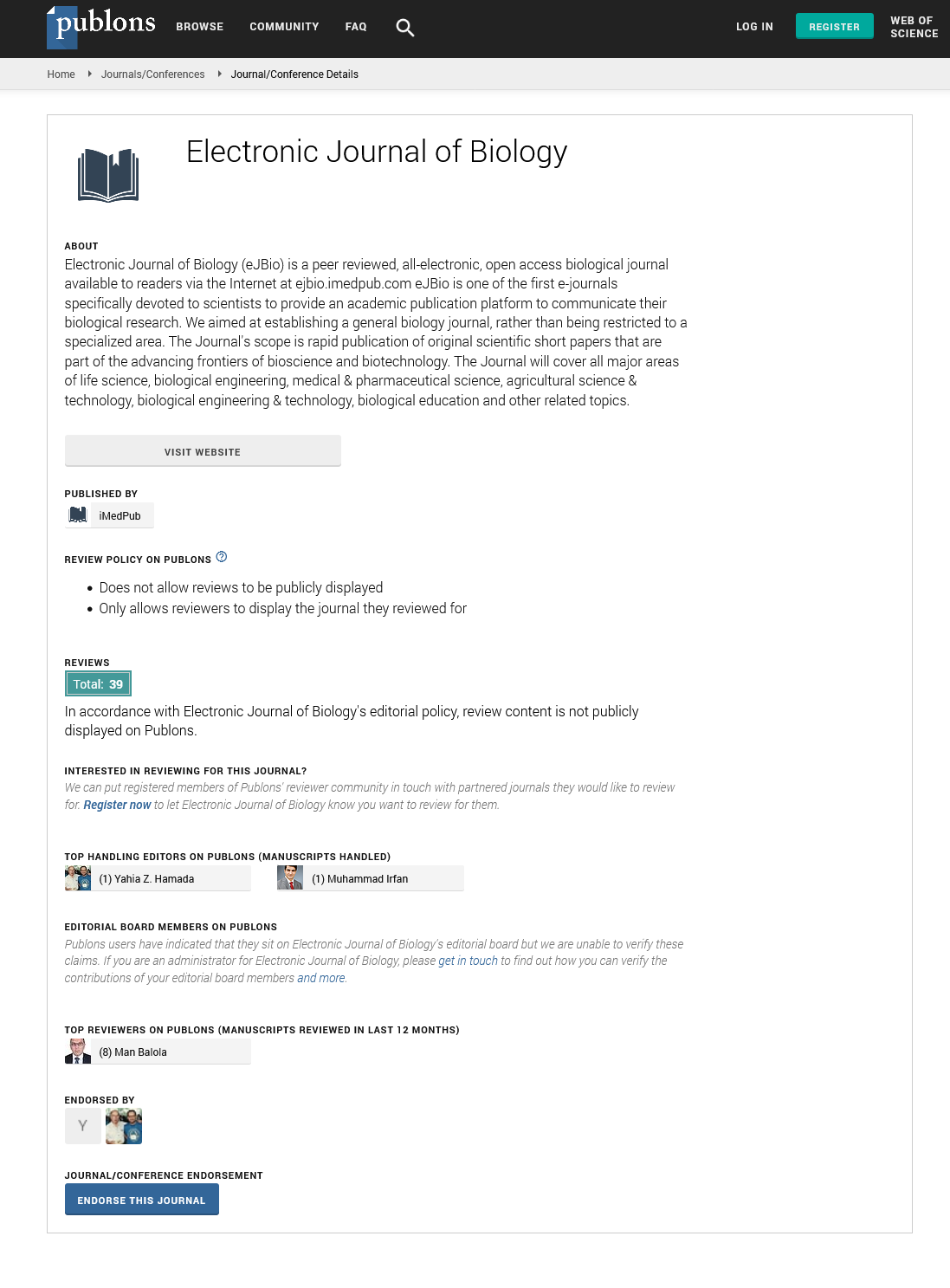Abstract
Genetic Variation and Biodiversity of Paeonia lactiflora China as Determined by Analysis of ISSR Using Phylogenetic Trees and Split Networks
Paeonia lactiflora, an important material of Traditional Chinese Medicine (TCM), is widely cultivated in China, but its population genetic structure and phylogenetic relationship remain to be determined. In this paper, Inter-Simple Sequence Repeat (ISSR) markers were used to estimate the genetic variation and biodiversity within and among 24 populations of Paeonia lactiflora in four different provinces across China. Nine UBC primers producing highly polymorphic DNA fragments were selected. Seventy-two discernible DNA fragments were generated of which 71 (98.61%) were polymorphic, indicating substantial genetic diversity at species levels. The genetic diversity measured by the percentage of polymorphic bands (PPB) at population levels ranged from 2.78% to 63.89%. Both programs POPGENE32 and SplitsTree4 were applied to analyze genetic distances among the populations, respectively. We constructed an unweighted pair-group method with arithmetic means (UPGMA) dendrogram using POPGENE32, and a neighbor-joining (NJ) tree and a split network by SplitsTree4. The differences between them were expounded and compared. More complex phylogenetic relationships among populations were discovered and elucidated. Analyses based on the split network were more precise and comprehensive, providing a series of novel conclusions, which may help to standardize and optimize the growth of Paeonia lactiflora.
Author(s): Siyan Cao, Xubin Meng, Yang Liu, Chuan Shao, Stefan Grünewald, Chengxin Fu, Ming Chen
Abstract | Full-Text | PDF
Share this

Google scholar citation report
Citations : 5001
Electronic Journal of Biology received 5001 citations as per google scholar report
Electronic Journal of Biology peer review process verified at publons
Abstracted/Indexed in
- Google Scholar
- China National Knowledge Infrastructure (CNKI)
- CiteFactor
- Electronic Journals Library
- Zoological Records
- WorldCat
- Proquest Summons
- Publons
- MIAR
- Openaccessarticles.com
- Secret Search Engine Labs
Open Access Journals
- Aquaculture & Veterinary Science
- Chemistry & Chemical Sciences
- Clinical Sciences
- Engineering
- General Science
- Genetics & Molecular Biology
- Health Care & Nursing
- Immunology & Microbiology
- Materials Science
- Mathematics & Physics
- Medical Sciences
- Neurology & Psychiatry
- Oncology & Cancer Science
- Pharmaceutical Sciences


